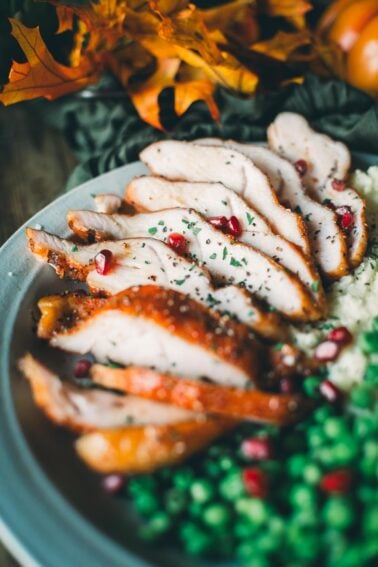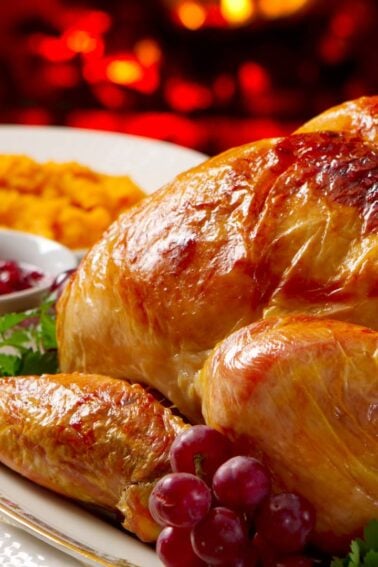When you sink your teeth into a perfectly cooked steak, the delightful tenderness can be attributed to various factors, including the method of tenderization. Blade tenderizing is a popular technique used to enhance the texture of tougher cuts of meat. Here are six telltale signs that your steak may have undergone this process.
Visible Grid Marks

One of the most noticeable signs of a blade-tenderized steak is the presence of grid-like marks on the surface. These marks are left by the machine’s blades as they pierce the meat. Often, these patterns are visible to the naked eye, offering a visual clue to the tenderization process. While these marks might not affect the cooking, they do provide an insight into the steak’s preparation.
The grid marks can vary in intensity depending on the specific machine used and the number of passes through the tenderizer. If you notice these distinctive patterns on your steak, it’s a good indication that it has been mechanically tenderized. For further details on the impact of such methods, you can explore Consumer Reports.
Uneven Surface Texture

Blade tenderizing often results in an uneven surface texture on the steak. The mechanical process can slightly distort the meat’s original surface, creating a less uniform appearance. This effect can be more pronounced in certain cuts of beef where the fibers are coarser or tougher.
The irregular texture can sometimes be felt even before cooking, offering another clue to this tenderization process. While the uneven texture might not be aesthetically pleasing, it plays a crucial role in breaking down muscle fibers, making the meat more palatable. If you’re curious about the scientific aspects of this process, you might find this study informative.
Increased Moisture Retention

Blade-tenderized steaks often retain more moisture due to the way the process affects the meat’s structure. The blade’s action creates pathways within the meat, allowing it to absorb and hold onto juices more effectively during cooking. This can result in a steak that is notably juicier compared to non-tenderized cuts especially when using proper cooking techniques.
The increased moisture retention not only makes the steak more enjoyable to eat but also enhances the overall flavor profile. This is particularly beneficial for leaner cuts that might otherwise dry out. To delve deeper into how blade tenderization impacts moisture, check out this article on the subject.
Enhanced Flavor Absorption

Another advantage of blade tenderizing is the meat’s enhanced ability to absorb marinades and seasonings. The tiny cuts made by the blades increase the surface area, allowing flavors to penetrate more deeply into the steak.
This means that your marinated steak will likely pack a more flavorful punch. Whether you’re using a simple salt and pepper rub or a complex marinade, the blade-tenderized steak is primed to soak up every bit of flavor you introduce. For a detailed exploration of the tenderization process and its benefits, check this resource.
Presence of Small Holes

When examining your steak closely, you might notice small holes scattered across the surface. These are not defects but rather the result of the blades piercing through the meat. The presence of these holes can be a definitive indicator of blade tenderization.
These small openings contribute to the tender texture by allowing marinade and heat to permeate the meat more evenly during grilling or pan-searing. While some may find these holes a bit off-putting, they are a natural part of the tenderization process and contribute to the overall quality of the steak.
Distinctive Tenderness

The ultimate testament to a blade-tenderized steak is its exceptional tenderness. By breaking down the muscle fibers, the process transforms a potentially tough cut into a tender delight. This softness can be particularly noticeable in cuts like flank or skirt steak, which are known for their robust texture.
If you’re unsure whether your steak has been tenderized, simply cut into it and take a bite. The ease with which your knife glides through the meat and the melt-in-your-mouth experience are strong indicators of mechanical tenderization. To understand more about the science behind this tenderness, you might want to read this study.
Hungry for more? Subscribe to our newsletter and become part of the world’s best meat community! From grilling tips to smoky secrets, we send you the best recipes, guides, and expert advice to master every cut.













